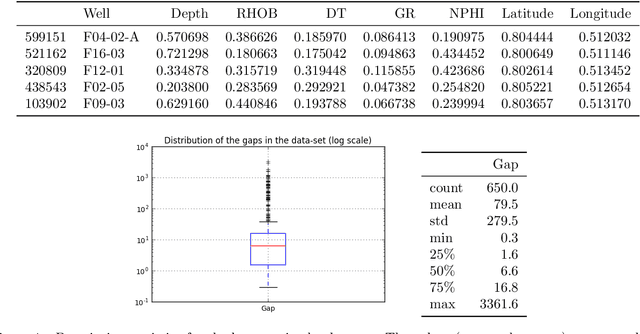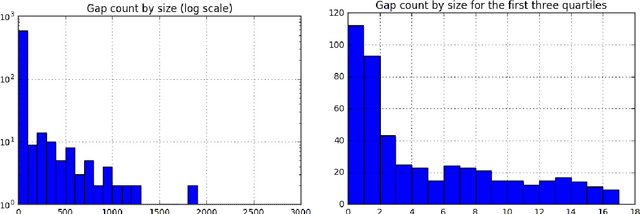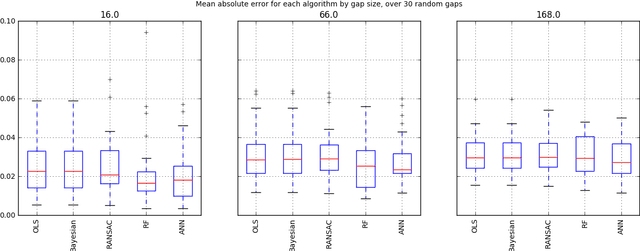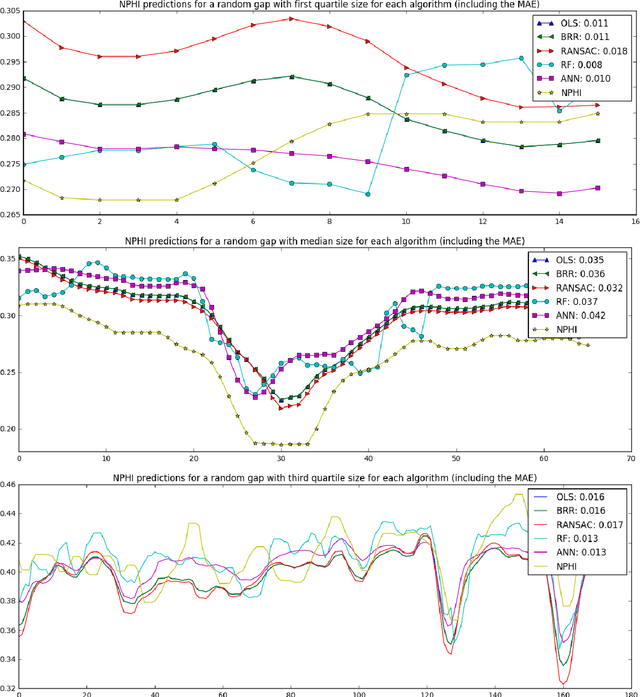Mind the Gap: A Well Log Data Analysis
Paper and Code
May 10, 2017



The main task in oil and gas exploration is to gain an understanding of the distribution and nature of rocks and fluids in the subsurface. Well logs are records of petro-physical data acquired along a borehole, providing direct information about what is in the subsurface. The data collected by logging wells can have significant economic consequences, due to the costs inherent to drilling wells, and the potential return of oil deposits. In this paper, we describe preliminary work aimed at building a general framework for well log prediction. First, we perform a descriptive and exploratory analysis of the gaps in the neutron porosity logs of more than a thousand wells in the North Sea. Then, we generate artificial gaps in the neutron logs that reflect the statistics collected before. Finally, we compare Artificial Neural Networks, Random Forests, and three algorithms of Linear Regression in the prediction of missing gaps on a well-by-well basis.
 Add to Chrome
Add to Chrome Add to Firefox
Add to Firefox Add to Edge
Add to Edge